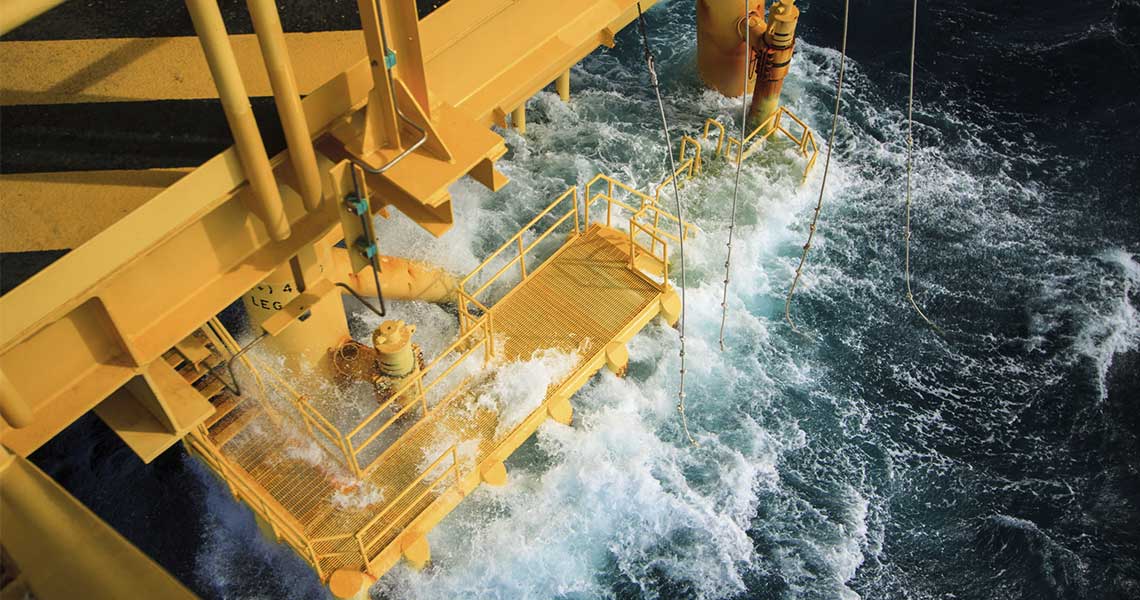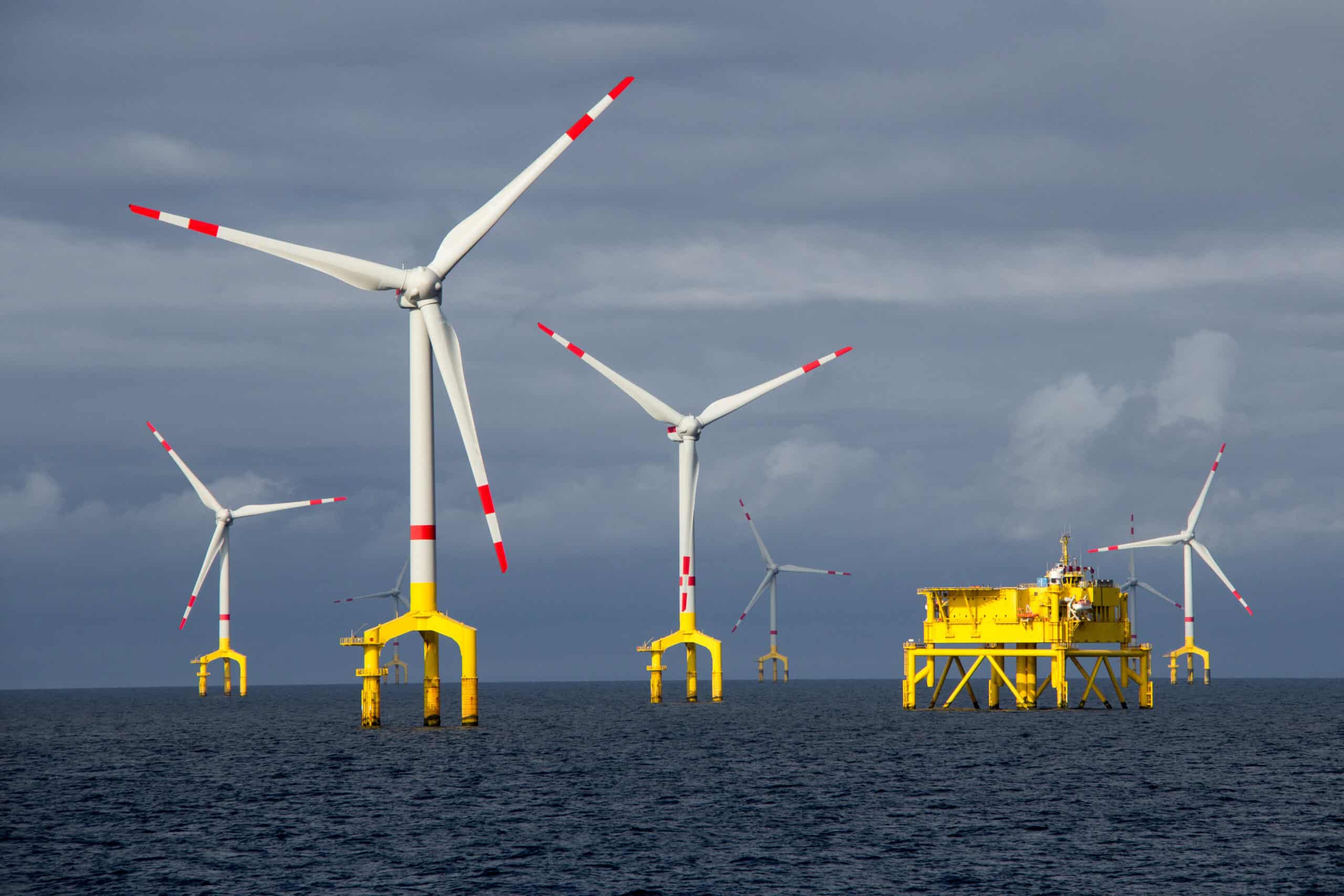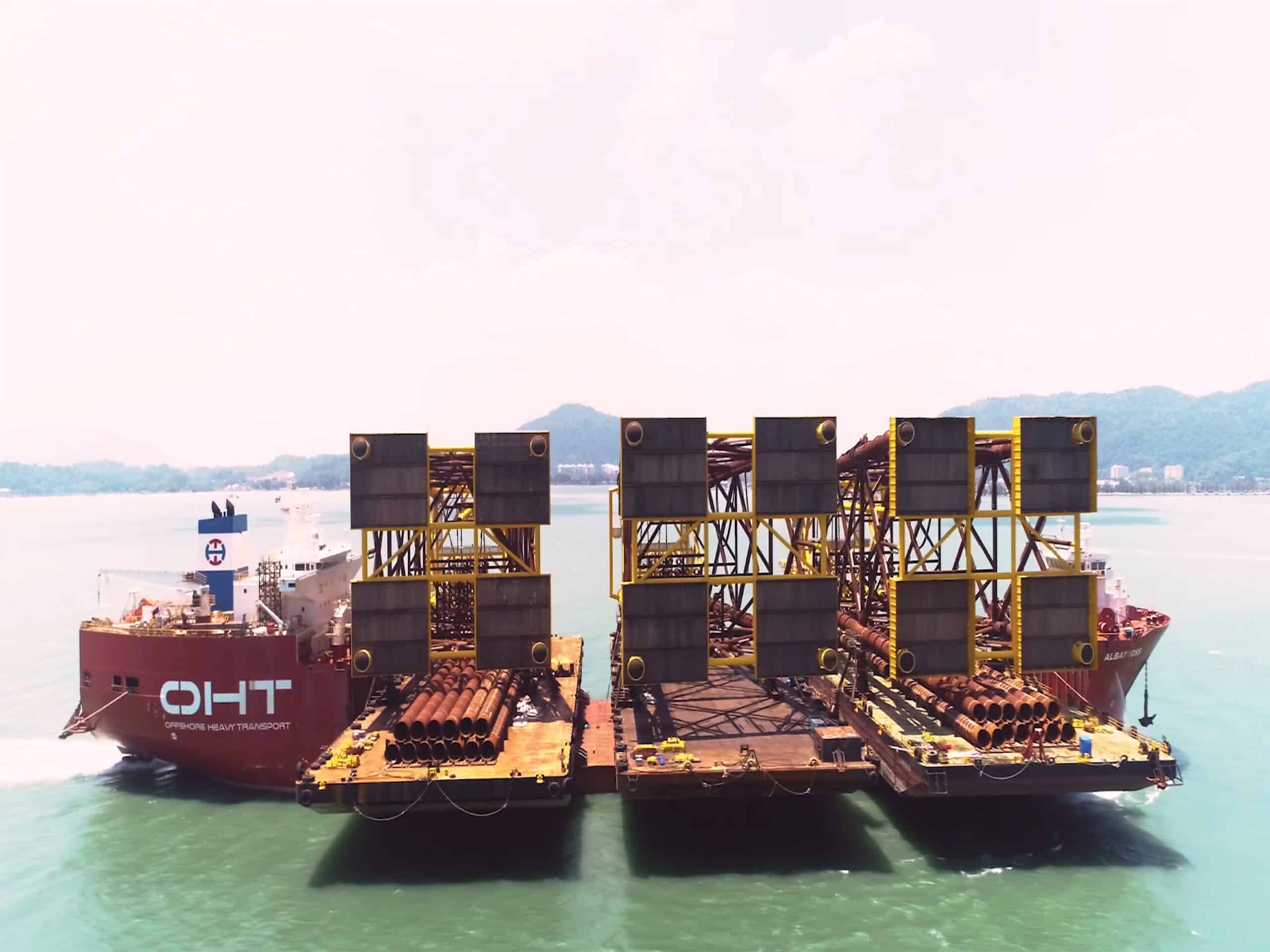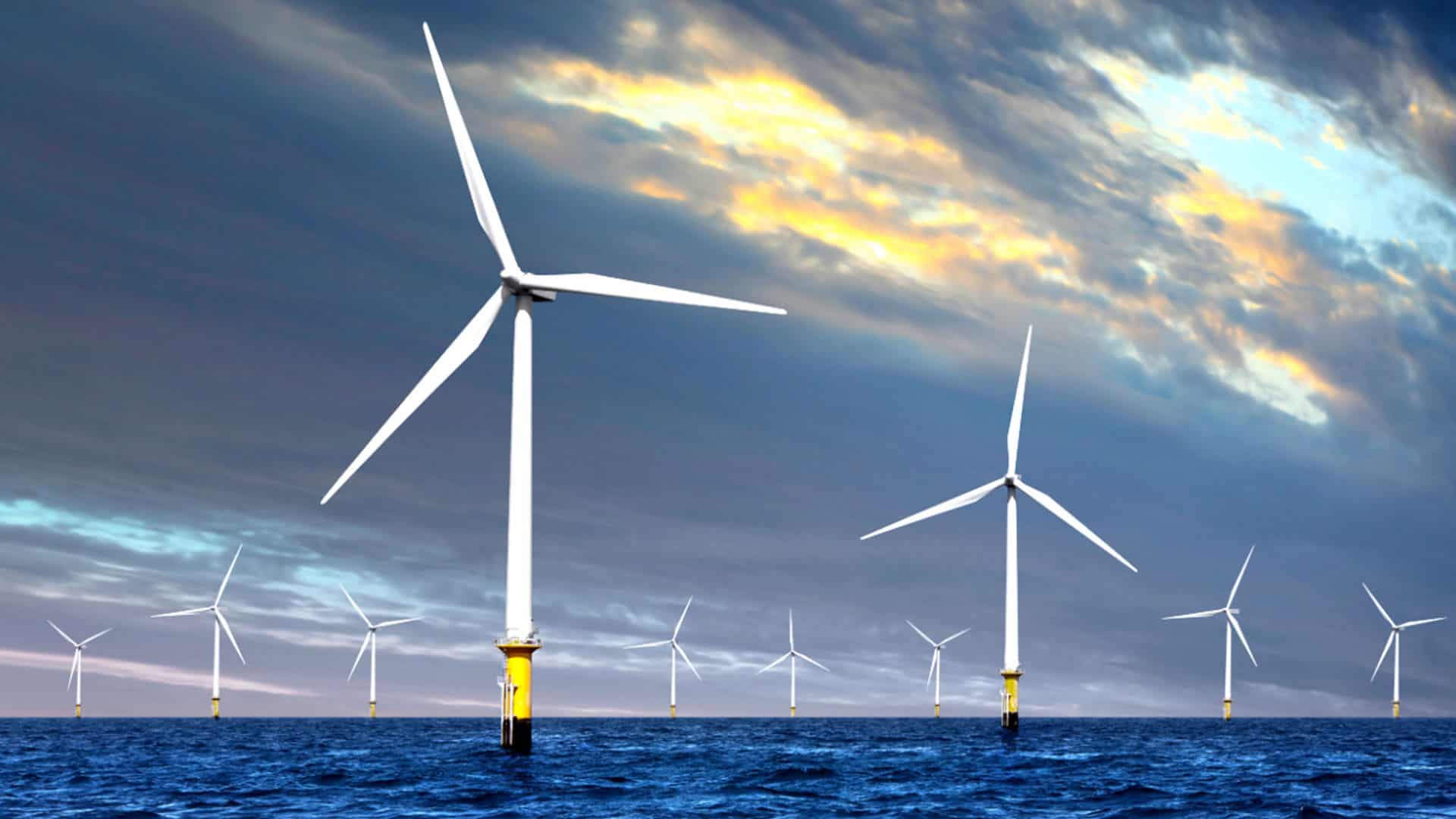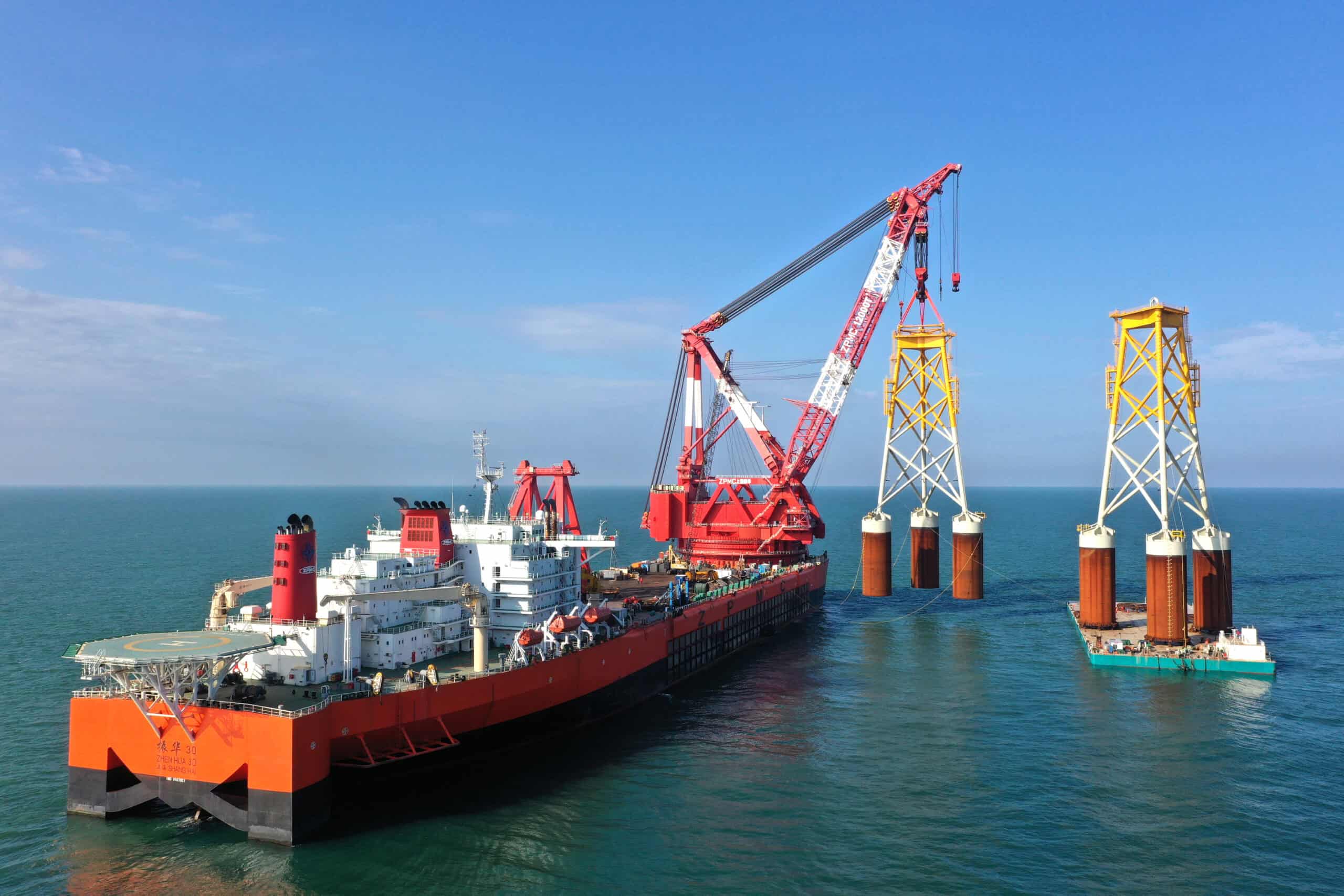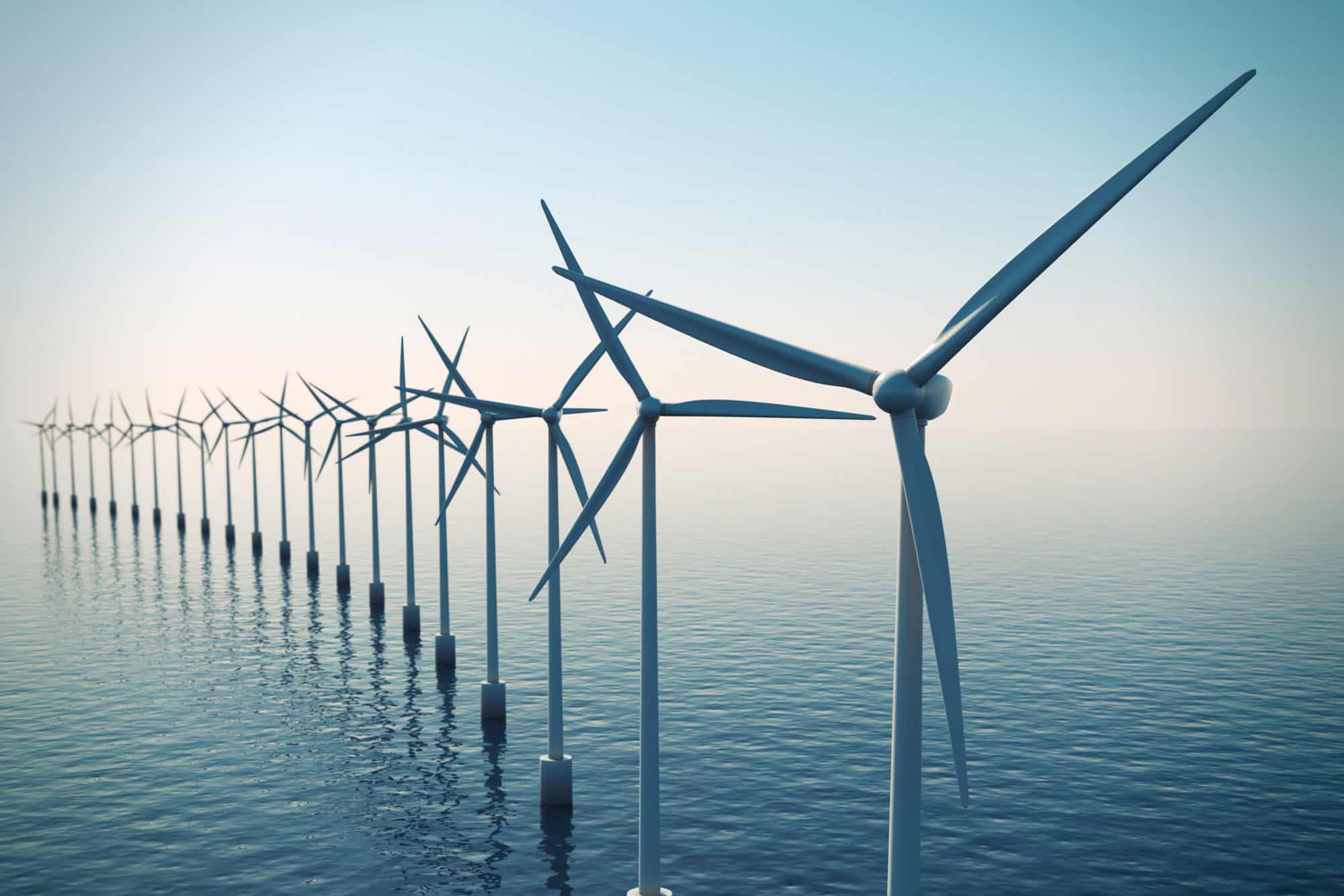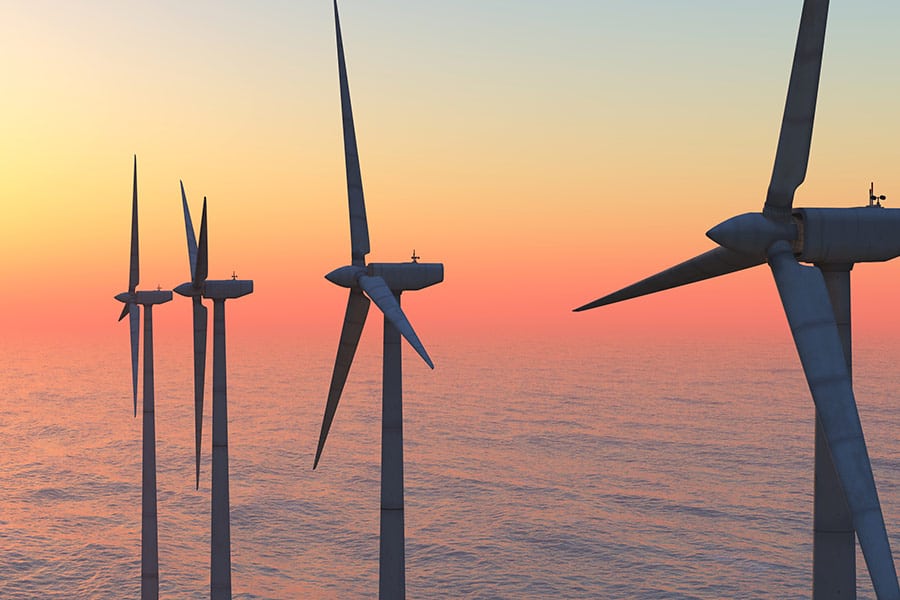Todd Danielson, editorial director of Informed Infrastructure, sat down with Geoff McDonald, senior product manager for offshore structural engineering products; and Seth Guthrie, P.E., S.E., director of product management for structural engineering, to discuss advancements in offshore structural products.
They explored the uses of ADINA, SACS, and MOSES, and how they work together to provide engineers with the most robust structural engineering experience. Danielson, McDonald, and Guthrie also covered changes in civil engineering, the shift toward performance-based design, and mistakes engineers make and how they can be prevented.
Offshore Structural Software
SACS has been used for over 50 years in the offshore oil and gas industry. Its primary function is to model, analyze, and design fixed structures in offshore environments. MOSES, hydrodynamic analysis software, is used for analyzing floating structures and their interactions with water. These applications are typically used by structural engineers, offshore engineers, and naval architects.
ADINA is finite element analysis (FEA) software that has historically been used by civil engineers for dam and bridge design. ADINA’s modeling capabilities are particularly powerful because it can simulate the interactions of structures with seismic waves, fluids, and friction. It is a powerful solver for implicit and explicit nonlinear dynamic analysis in frictional contact, plastic and viscoelastic material behavior.
Performance-based Design
Performance-based design in offshore structural engineering is a methodology that focuses on achieving specific performance goals for structures throughout their entire lifecycle and has continued to evolve in the engineering world. Unlike risk-based or consequence-based design, which aim to minimize the likelihood of failure based on potential consequences, performance-based design emphasizes predictable performance in line with predefined objectives. This approach requires advanced analysis solutions that provide the most accurate predictions of a structure’s performance.
This approach allows for more optimized and resilient offshore structures, capable of withstanding harsh marine environments and dynamic loads—such as waves, wind, and seismic activity—and can provide civil engineers with greater confidence in their structures and reduce production costs. Material behavior can be tricky, and often, standard analysis software cannot accurately represent loads, such as earthquakes and other severe weather events. The traditional concerns of cost and product siloing with advanced analysis are being changed by Bentley with interoperable products and bundle options for offshore engineering.
ADINA and the Offshore Industry
ADINA includes computational fluid dynamics (CFD) modeling, which is a powerful tool that enhances the ability of offshore engineers to design safer, more efficient, and environmentally friendly structures. The design of structures in extreme and oftentimes remote areas can require more long-term analysis of environmental effects. CFD empowers engineers to conduct hydrodynamic analysis to simulate and analyze the interaction between offshore structures and fluid environments—such as waves, currents, and wind—and to simulate extreme conditions—such as storms and tsunamis. Additionally, by providing detailed insights into fluid-structure interactions, CFD helps in reducing the need for expensive physical model tests and allows for more cost-effective design and testing processes.
ADINA also provides simulations for large blasts and ship impact that accurately model the interaction between the dynamic and non-linear effects on the structure. Offshore structural engineers can test different shapes and configurations to minimize drag and enhance stability as well as predict how offshore structures will affect the surrounding environment.
ADINA can also help streamline the process of evaluating and retrofitting existing structures. Performance-based design is especially applicable to existing structures where these methods can be more readily applied to assessing the behavior of structures with damage or repairs, which are not explicitly covered in offshore design codes. It can also be applied to the evaluation of existing structures under changing design criteria due to updated environmental design criteria.
ADINA has become a powerful application to push structural engineers to be more accurate and competitive, and to increase the lifespans of offshore structures. ADINA helps you answer the question: can we ensure the safety of the personnel on that structure, and can we ensure the structure will not fail and collapse into the water?
Bentley transforms offshore engineering
When used together, Bentley’s ADINA, SACS, and MOSES are powerful applications in the world of offshore engineering. With advancement in infrastructure design and an emphasis on structural safety beyond failure, the challenges engineers face today can be solved with Bentley Systems’ interoperable software. Listen and watch the “Pushing Boundaries: Expert Insights on Offshore Structural Engineering” podcast episode on Informed Infrastructure to learn more and visit our offshore structural analysis homepage for more information on SACS, MOSES, and ADINA!
